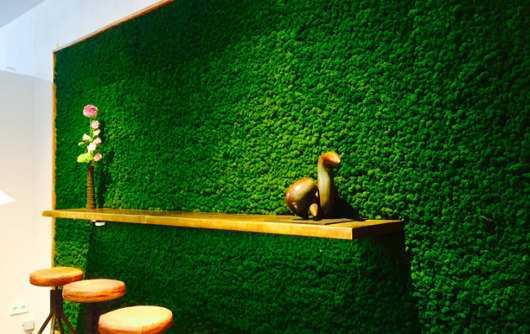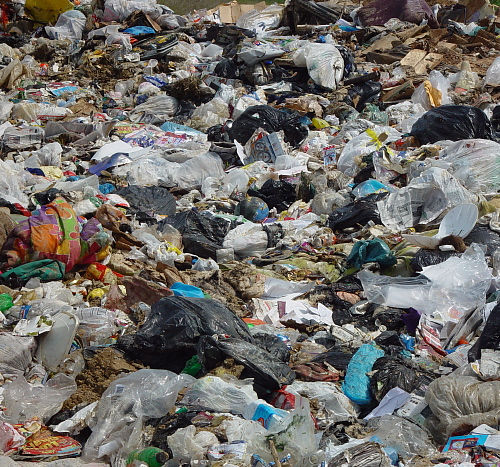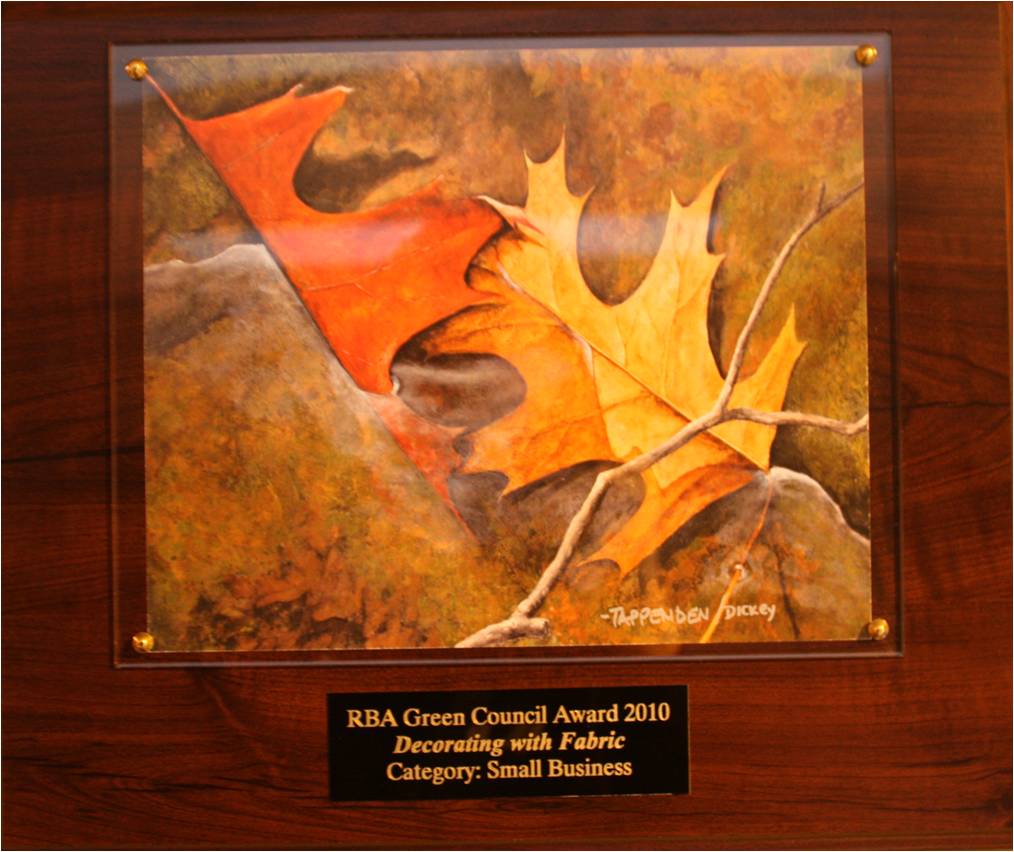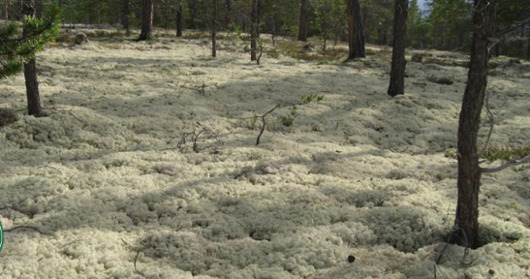For many years now, I have been educating, speaking and promoting to Architects and Designers about sustainable textiles and other fascinating materials that not only add beauty, elegance and peacefulness to interiors but also reduces stress to the environment in a variety of ways. My intention is to shift the design decisions of these “influencers” who specify products and materials from toxic choices to amazing alternatives such as organic fabrics, traceable down, natural latex rubber, mushroom based wall panels, indoor moss walls, and other Biophilic materials.
In my attempt to be persuasive with my Lunch & Learn programs, I share stories about the pollution caused by textiles production. Additionally, I tell dramatic tales of such horror stories of how geese are “live-plucked” for it’s down, the detrimental health effects of polyurethane foam and other hazardous manufacturing methods.
I do this because I believe we are at a tipping point in the minds of my market. It is the responsibility of the A&D community to influence their clients into making better selections of materials and methods for their projects.
This bring me to the title of this blog – Decorating for the Common Good. What does this mean? Is it right for someone with great wealth, who is decorating with a large budget to select a fabric that happens to be woven with PVC, solely because they like the color and texture? What happens when it’s time to redecorate and this treatment is being discarded? What happens when the fabric from the drapery ends up in a dumpster and eventually into a landfill? PVC is one of the worst toxins known to man. From its manufacture to its disposal, PVC emits toxic compounds. It cannot be recycled so it must either be landfilled where it laches toxic additives or incinerated where it emits dioxin and heavy metals.
Shouldn’t there be some responsibility in making design decisions for the common good? This is not only the responsibility of the rich either. You can buy cheap vinyl mini blinds manufactured from the same PVC in Wal-Mart made in China for under $10.
25 years ago when I first attempted to sell organic textiles, the options were very limited. In fact, there was only organic cotton in a natural color available. 6 years ago when Decorating with Fabric was awarded the Green Business of the Year Award, we were able to offer more products, but still there was little demand. Today however, things are changing. Not only can we provide a large offering of new sustainable textiles and other solutions, we are seeing a growing interest for them.
The next big step is to create a movement by manufacturers, designers and consumers to demand products and materials that benefit the common good. Be it an expensive $150 per yard fabric or a low cost ready-made curtain, the choices cannot be made based on someone’s desire that say “ I must have that fabric” or “I can get blinds for my entire house for $50.” We have seen our planet pushed to the brink based on these shortsighted decisions.
Decorating for the Common Good is a self imposed guideline for specifying products and materials that not only does no harm to the planet but also provides a new way to market and promote one’s business that demonstrates a commitment of sustainability to the many who share our world.
Below is a list of our sustainable offerings that contribute to the concept of Decorating for the Common Good.
- Organic Fabrics
- Organic Drapery Linings
- Traceable Down
- Natural Latex Rubber
- Responsible Return Program
- Biophilic Design Products
- Mushroom Based Wall Panels
{{cta(‘019051f0-80f6-4bef-875b-2e3de6ac6fc3’)}}
{{cta(‘7417313c-569d-40db-b895-cda90640f679’)}}

